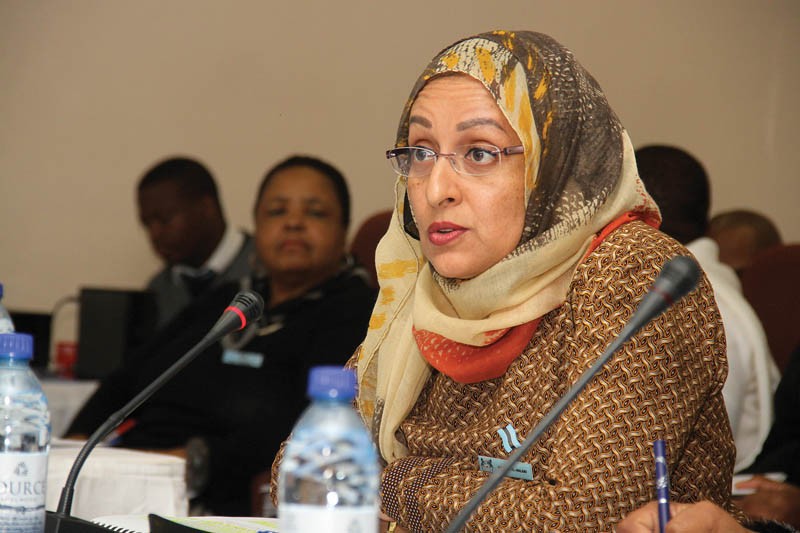Ministry of Health concerned by misconceptions
Baboki Kayawe | Wednesday August 2, 2017 16:48


These misconstrued views were very pronounced in a recent snap survey Mmegi conducted recently on the declining rate of condom use in the country. Since the inception of the SMC campaign, this belief has been popularly held.
The World Health Organisation (WHO) and UNAIDS recommended that SMC be added as an HIV/AIDS intervention strategy in countries with high HIV prevalence, generalised heterosexual HIV epidemics, and low levels of male circumcision where the intervention is likely to have the greatest public health impact. Botswana has been identified as one of the 14 priority countries with this profile together with Ethiopia, Kenya, Lesotho, Malawi, Mozambique, Namibia, Rwanda, South Africa, Swaziland, Tanzania, Uganda, Zambia and Zimbabwe.
Modelling studies found that reaching 80% coverage among the age group of sexually active men (15 - 49 years) reduces the risk of female-to-male sexual transmission of HIV by approximately 60% - explained Halabi.
“Safe male circumcision does not eliminate chances of contracting HIV/AIDS, that’s why in our messages we keep on telling people that there must be dual use. Circumcised males need to consistently condomise unless they are very sure about their partners’ statuses,” she said.
Halabi further said their SMC messages are not promoting circumcision over condom use, rather emphasising the added advantage of dual methods.
“We are worried about the decline in consistent condom use, and the misconceptions around circumcision because what has been scientifically proven is that it lowers chances by 60% but there is a 40% chance that a circumcised person contacts HIV/AIDS,” she added.
She said the ministry has a duty to accelerate public education on this matter to clear the air. The SMC initially had a very slow start, and the ministry had a hard time trying to get people to circumcise, she explained.
However, the campaign has since seen an increase in the number of men coming up to be circumcised. From 2009 to 2016 the target was 385,000, with an annual target of 50,000.
“From March to August 2017 the campaign target was 8,823, and to date 53.6% of the target has been achieved. Cumulative achievement from 2009 to date is 197,155- representing a 51.2% achievement rate,”
She encouraged men to circumcise due to the health benefits such as reducing the risks of females contacting HPV virus, which causes cervical cancer and related cancers.
